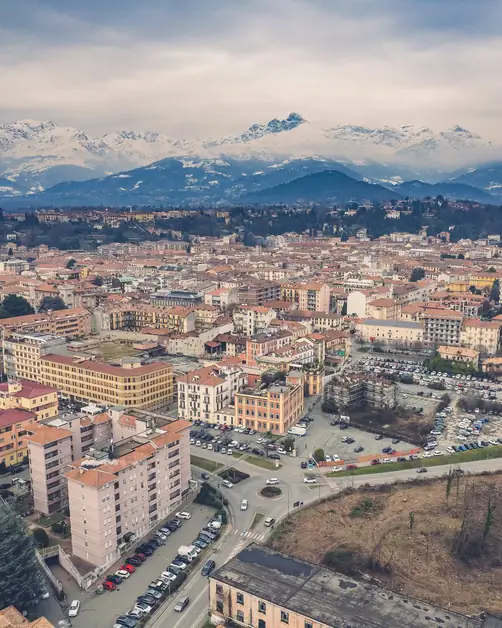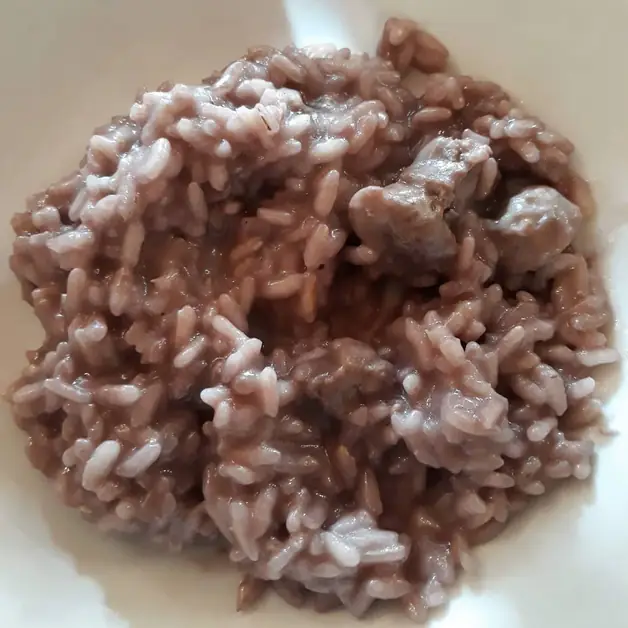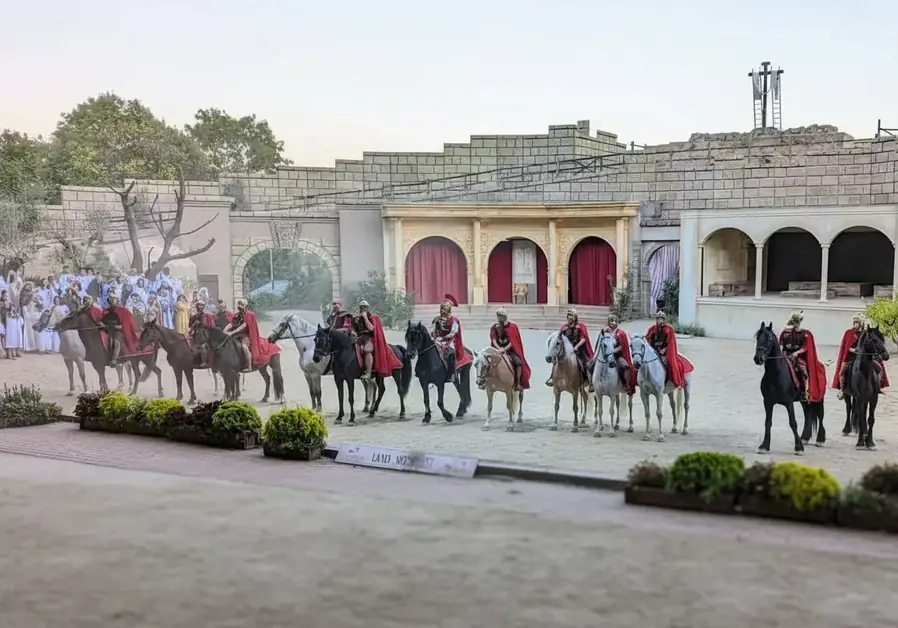The origins of the Biella textile tradition revealed
The Biella textile tradition has deep roots and a fascinating history.

What are the origins of the Biella textile tradition?
The history of Biella's textile industry is ancient and has its roots in the Middle Ages. As early as the 12th century, Biella was an important commercial and artisanal center in Piedmont. The conditions of the territory were ideal for the development of wool processing: sheep farming provided abundant raw materials, while the numerous waterways, such as the Cervo stream and its tributaries, ensured the energy needed to operate machinery and wash fibers. Even at that time, Biella's weavers were known for the quality of their fabrics, made entirely by hand and destined for the local market and nearby centers.
How did textile craftsmanship develop between the Renaissance and the Seventeenth century?
Between the Renaissance and the Seventeenth century, the textile production of Biella and its valleys differentiated and specialized. The Elvo Valley became renowned for the so-called "fine cloths", high-quality fabrics intended for a more demanding and refined market. The Strona and Sessera valleys, on the other hand, focused on the production of "rough cloths", sturdy and durable, ideal for everyday use and export. This diversification allowed the Biella district to grow and consolidate, laying the foundations for its future industrial development.
When did the mechanization of the Biella textile industry begin?
The true transformation of the sector took place in the 19th century, with the introduction of mechanical looms and the start of the industrialization process. The Sella family, originally from Biella, was among the protagonists of this revolution. The entrepreneurs of the family not only installed the first modern machinery but also founded workshops for the construction of textile machines, contributing significantly to the economic growth of the area. Thanks to the vision of the Sella family and their ability to innovate, Biella became one of the most important textile hubs in Italy and Europe within a few decades.
What role did the Sella family play in Biella's textile industry?
The Sella family represents one of the cornerstones of Biella's industrial history. Starting from the 19th century, the Sella family initiated a modernization process that made the district a reference point for the entire textile sector. In addition to wool production, the family promoted the mechanization of processes, technical training for workers, and the search for new international markets. The introduction of mechanical looms, machines for carding and spinning wool, and efficient hydraulic systems radically transformed production, marking the definitive transition from craftsmanship to industry.
How did the Biella textile industry expand in the 19th century?
During the 19th century, Biella experienced a period of great economic prosperity. New factories sprang up along rivers and streams, where water was used as a source of energy. Biella's cloths and fabrics began to be exported not only to Italy but also abroad, reaching markets such as France, England, and Switzerland. The reputation of Biella's fabrics grew rapidly due to their quality, softness, and durability over time. This development also led to urban growth: new working-class neighborhoods, schools, and vocational training institutes were established.
What happened to the textile industry in the 20th century?
With the onset of the 20th century, the Biella textile industry faced a phase of decline. The advent of synthetic fabrics and mass production techniques put the artisanal model based on quality and the use of natural fibers in crisis. Many companies were forced to close or reduce production, and the area experienced a period of economic difficulty. However, despite the crisis, some companies managed to survive thanks to specialization and innovation, keeping the tradition of Biella wool alive.
How did the Biella textile industry experience a revival?
Starting from the second half of the 20th century, the Biella textile industry found new life thanks to a return to quality and the enhancement of craftsmanship. Entrepreneurs in the area understood that the future of the sector did not lie in mass production, but in the excellence of materials and attention to detail. Companies began to focus again on natural fibers, such as merino wool, cashmere, and alpaca, recovering the value of manual processing and Italian design. This approach led Biella to regain its international fame.
What are the characteristics of modern Biella textiles?
Today, Biella textiles are synonymous with luxury, elegance, and sustainability. Companies in the district stand out for their use of precious materials, eco-friendly production processes, and a strong connection to the territory. Biella's manufacturers collaborate with the world's leading fashion brands, providing fabrics for high-end clothing, coats, and accessories. The artisanal care, combined with technological innovation, has made the district a model of balance between tradition and modernity.
What is the importance of the Sella Foundation today?
The Sella Foundation plays a fundamental role in preserving and promoting Biella's industrial and cultural heritage. It houses a vast historical archive documenting the history of the Sella family, the textile industry, and the evolution of the territory. Furthermore, the foundation promotes projects of innovation, sustainability, and training, aiming to transmit to new generations the value of craftsmanship and Biella's productive culture.
Why is the Biella textile industry an international excellence today?
Because it has managed to reinvent itself without losing its identity. Biella's companies have combined centuries of artisanal experience with the most advanced technologies, creating fabrics of extraordinary quality. Respect for natural fibers, environmental sustainability, and attention to detail have made the district a global benchmark for luxury clothing. Internationally renowned brands choose Biella for their production, recognizing in its textiles a symbol of Italian excellence.
What does the textile tradition represent today for Biella and Piedmont?
Today, the Biella textile tradition is much more than an economic sector: it is a living part of the cultural identity of the territory. It represents the ability of a people to transform a natural resource, such as wool, into art, innovation, and value. The streets of Biella, the old restored factories, the textile museums, and the industrial archives tell the story of men and women who, with passion and skill, have woven not only fabrics but also the future of an entire community.




